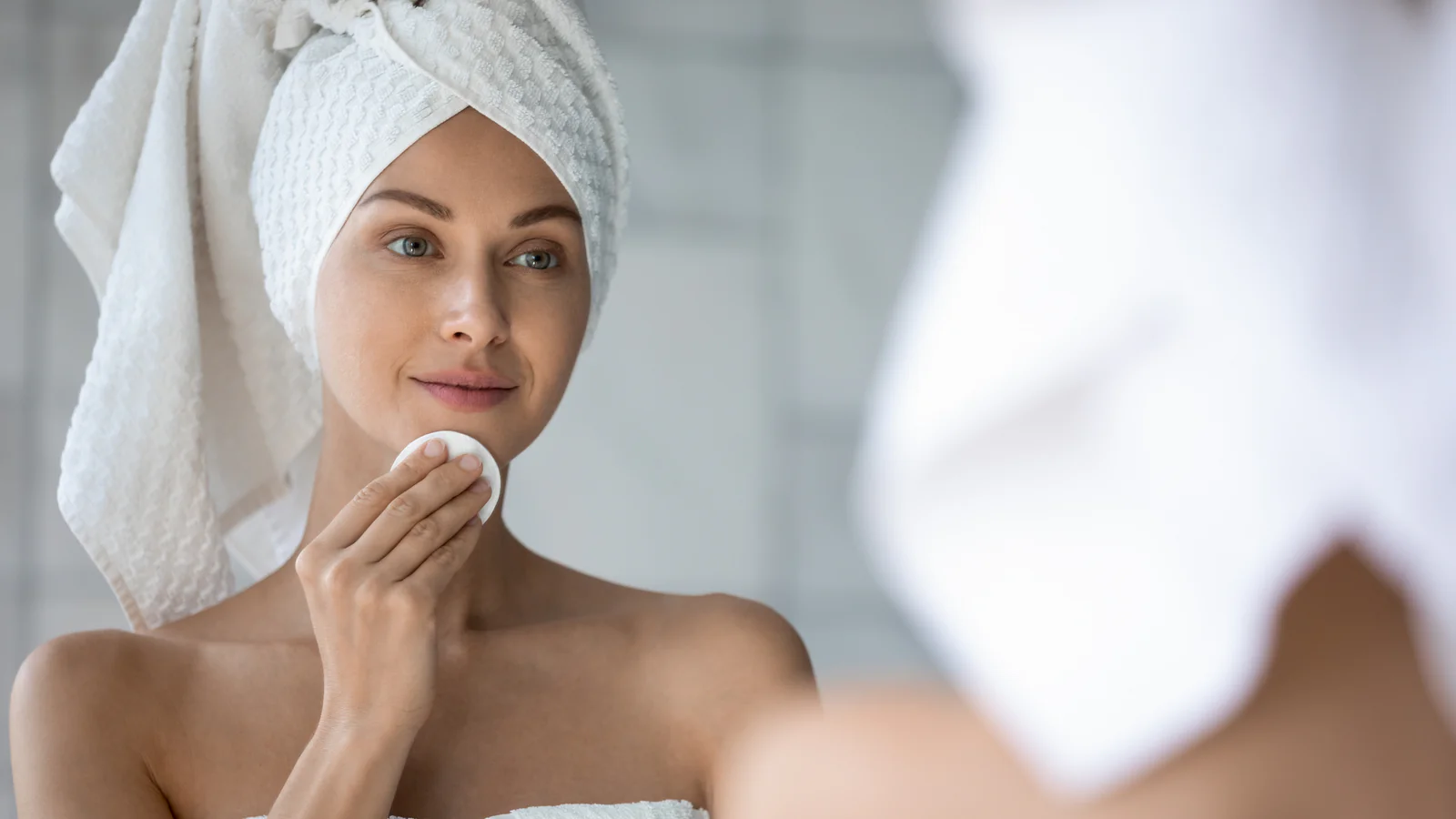Your skin is your body’s largest organ, and it deserves care and attention to stay healthy and glowing. A well-rounded skincare routine can prevent premature aging, protect against environmental damage, and keep your complexion clear and vibrant. But with so many products on the market, knowing where to start can feel overwhelming. In this blog, we’ll walk you through the essential steps for a skincare routine, from cleansing to moisturizing, along with tips for choosing the right products for your skin type.
1. Cleansing: The Foundation of Skincare
- Why Cleansing Matters: Cleansing is the first step in any skincare routine and is crucial for removing dirt, oil, makeup, and impurities from your skin. It helps unclog pores and allows your skin to breathe, preventing breakouts and dullness.
- Choosing the Right Cleanser: Your cleanser should match your skin type. If you have dry or sensitive skin, opt for a gentle, hydrating cleanser. If you have oily or acne-prone skin, look for a foaming or salicylic acid-based cleanser to control excess oil and prevent breakouts.
- How to Cleanse Properly: Use lukewarm water and gently massage the cleanser into your skin in circular motions. Rinse thoroughly and pat your face dry with a clean towel—don’t rub, as it can irritate the skin.
2. Exfoliation: Remove Dead Skin Cells
- Why Exfoliate?: Exfoliation removes dead skin cells that accumulate on the surface of your skin, which can make your complexion look dull and clog your pores. Regular exfoliation leaves your skin smoother and allows other skincare products to penetrate more effectively.
- Types of Exfoliants: There are two types of exfoliants: physical and chemical. Physical exfoliants contain small granules that manually scrub away dead skin cells, while chemical exfoliants, such as glycolic or lactic acid, dissolve the bonds between dead cells. Choose a type that suits your skin’s sensitivity level.
- How Often?: It’s important not to over-exfoliate, as it can cause irritation. For most skin types, exfoliating 1-2 times a week is enough.
3. Toning: Balance and Prep the Skin
- Why Use a Toner?: Toner is an often-overlooked step, but it helps to balance your skin’s pH levels and remove any residual impurities after cleansing. It also preps your skin to absorb the rest of your skincare products more effectively.
- Choosing the Right Toner: If you have oily or acne-prone skin, look for toners with ingredients like witch hazel or salicylic acid to control oil and minimize pores. For dry or sensitive skin, opt for hydrating toners with soothing ingredients like rose water or aloe vera.
4. Serum: Targeted Treatment for Specific Skin Concerns
- What is a Serum?: Serums are concentrated formulations packed with active ingredients designed to address specific skin concerns, such as wrinkles, dark spots, or dehydration. They are lightweight and penetrate deep into the skin.
- Choosing the Right Serum: If you’re targeting anti-aging, look for serums with retinol or peptides. For brightening and evening out skin tone, vitamin C serums are a great option. For hydration, opt for serums with hyaluronic acid.
- How to Apply: After toning, apply a few drops of serum to your face and gently pat it into the skin, allowing it to absorb fully before moving on to the next step.
5. Moisturizing: Hydrate and Protect
- Why Moisturize?: Moisturizing is essential for maintaining your skin’s hydration levels and protecting its natural barrier. Even if you have oily skin, moisturizing is crucial because it helps regulate oil production and keeps your skin balanced.
- Choosing the Right Moisturizer: For dry skin, look for rich, creamy moisturizers with ingredients like ceramides or shea butter. For oily or combination skin, opt for lightweight, oil-free moisturizers with a gel or water-based formula.
- How to Apply: After applying serum, gently massage a small amount of moisturizer onto your face and neck, making sure to cover all areas evenly.
6. Sun Protection: The Most Important Step
- Why Sunscreen Matters: Sun protection is perhaps the most critical step in your skincare routine. Exposure to UV rays can cause premature aging, hyperpigmentation, and increase the risk of skin cancer. Daily sunscreen use helps protect your skin from these harmful effects.
- Choosing the Right SPF: Dermatologists recommend using a broad-spectrum sunscreen with at least SPF 30. If you have sensitive or acne-prone skin, look for sunscreens that are non-comedogenic (won’t clog pores) and free from irritating ingredients.
- How to Apply: Apply sunscreen as the last step in your morning skincare routine. Don’t forget to reapply every two hours if you’re spending time outdoors.
7. Nighttime Routine: Repair While You Sleep
- Night vs. Day Skincare: Your nighttime skincare routine should focus on repair and rejuvenation, while your daytime routine focuses on protection. At night, your skin goes through a healing process, so it’s the perfect time to use products like retinol or overnight masks.
- Additional Treatments: Depending on your skin concerns, you can incorporate treatments like retinol or hydrating night creams to target specific issues like fine lines or moisture loss. Nighttime is also the best time to use richer moisturizers or facial oils that take longer to absorb.
Conclusion
A consistent skincare routine is the key to achieving and maintaining healthy, glowing skin. By understanding your skin type and choosing the right products, you can create a regimen that targets your specific concerns while keeping your skin balanced and protected. Remember that skincare is not a one-size-fits-all approach, so don’t be afraid to experiment and adjust your routine as needed.
What’s your skincare routine? Share your favorite products and tips in the comments below!
